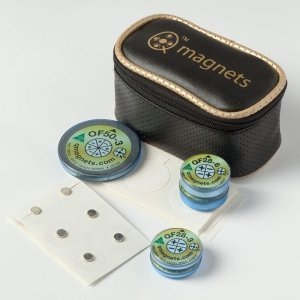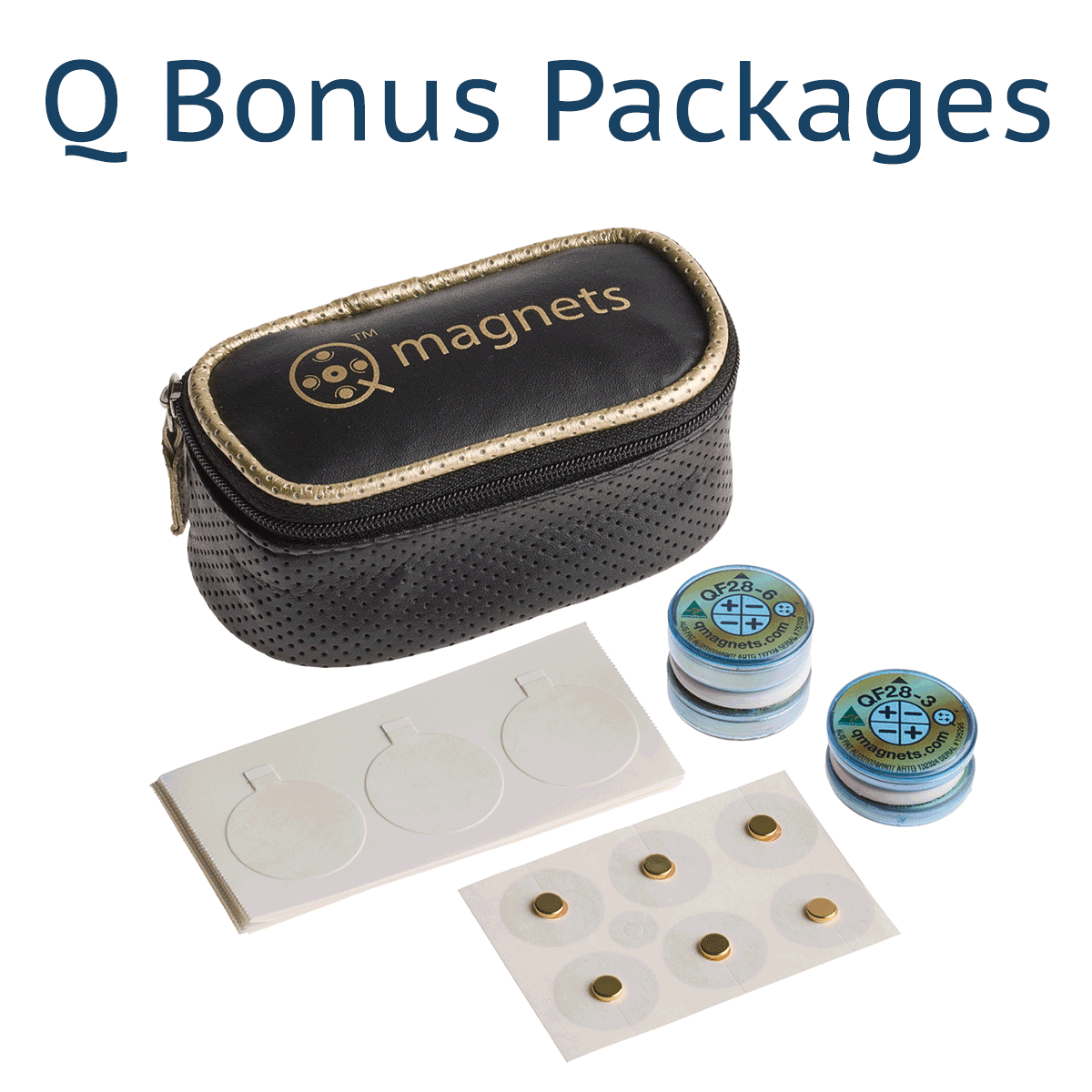Recent studies investigating the therapeutic effects of static magnetic fields, propose a “physiologic window” of effective properties. This is certainly our experience, although more research needs to be conducted to understand the parameters of this window for optimal therapeutic effect.

Comparing magnet arrangement’s effects on blocking Action Potential firing
As far as we know, there are 7 variables when it comes to the application of static magnet devices. Coalescing these variables into a therapeutic “sweet spot” is the making of a useful medical device. For instance, if the offending target tissue (e.g. sensitized C-fibre spinal nerves) is enveloped by an optimized field by correctly applying the most appropriate device with an adequate depth of penetration, it can lead to the relief of pain in cases such as John with a 27 year history of back pain.
After thousands of patients treated and numerous clinical trials and animal studies, there is now enough evidence to recommend protocols for effective Q Magnet placement.
An example of the “window of effectiveness” can be seen with the introduction of the OF50-3. This is the first time a static magnet of this strength and size has been developed that can capture such a large area of tissue.
Before the development of the OF50-3, being 50mm (2”) in diameter, results with SIJ pain and disc pain for two adjacent spinal levels such as L4/5 and L5/S1 were unreliable. The SIJ joint and two adjacent discs were too large an area for the QF28-6, being 28mm (1”) in diameter to capture. Anecdotal evidence is showing that in certain cases, the larger magnet is more effective than the smaller one.
By improving the design and providing a variety of models, the outcomes are continually improving and people’s lives being changed one pain at a time.
For a terrific summary on the concept of Electrotherapeutic Windows, see Tim Watson’s article on http://www.electrotherapy.org.
REFERENCES:
Laszlo et al. (2007) Optimization of static magnetic field parameters improves analgesic effect in mice. Bioelectromagnetics 2007 Dec;28(8):615-27. PMID: 17654477; doi.
Morris et al. (2008) Acute Exposure to a Moderate Strength Static Magnetic Field Reduces Edema Formation In Rats. Am J Physiol Heart Circ Physiol: 2008 Jan;294(1):H50-7. PMID: 17982018; doi.






